Sourcing Spotlight:
Taking a Closer Look at Spices
14 August 2024
Share this exclusive content from Saladplate

ONE OF THE FIRST TRULY GLOBAL INDUSTRIES, THE 4,000-YEAR-OLD SPICE TRADE HAS HELPED TO SHAPE THE WORLD AS WE KNOW IT TODAY – BUT HOW OFTEN DO YOU CONSIDER THE PROVENANCE, PRACTICES AND PEOPLE BEHIND YOUR SPICE RACK?
In this article, we do a deep dive into some of the biggest issues in the spice industry and how you can bring more sustainability into your sourcing policies.
The sustainability issues in the spice industry
With hundreds of different spices sourced by countries around the world, coming through long, tangled supply chains and from a diverse range of geographical, climatic and cultural backgrounds, addressing the sustainability issues in the spice trade is complex. Here, we give an overview of some of the main issues and how to ensure your procurement policies aren’t exacerbating them.
Social and economic issues
The primary social issues in spice production revolve around inadequate income and poor labour conditions, with many spices produced by smallholder farmers in less economically developed countries. As Sana Javeri Kadri, founder and CEO of DiasporaCo. – a company that sources single origin spices grown for flavour and rooted in equity from small, organic family farms across India – says, “The way spices are conventionally sourced leaves very little profit in the hands of the farmers. Commodity buyers and multiple middlemen mean that farmers are paid poorly. Their workers, who are often indigenous or migrant workers, are subsequently paid even more poorly, and often face unsafe, unsanitary and uncomfortable conditions as well.”
“Many spice farmers do not earn a living income (defined as sufficient income to afford a decent standard of living for all household members),” adds the Sustainable Spices Initiative (SSI), a sector-wide consortium founded to transform the spices, herbs and dehydrated vegetables industry, improving sustainability through collaborative action. “This financial shortfall makes it difficult for farmers to educate their children and save for emergencies. Farmers with small land holdings, typically 1-2 hectares, are particularly vulnerable.”
Kadri observes that teetering on this economic edge can also incentivise unsustainable farming practices, with farmers desperate to maximise their yield. “It can lead farmers to overuse chemical fertilisers and pesticides in order to boost yields temporarily,” SSI adds, “which poses significant health risks.” Other farmers chase stability by moving to higher value crops, which can bring further volatility to the market. For example, a jump in the popularity of turmeric (as a result of Western ‘wellness’ trends) led some farmers to switch their focus to turmeric; however, once supply begins to exceed demand, prices fall.
The prevalence of poor labour conditions – characterised by low wages and a lack of economic and technical support – only serves to deepen these challenges. Combined with the challenges of living in poverty, the labour-intensive nature of the work unfortunately also means that child labour is a problem in the spice industry. The US Department of Labor lists cloves from Tanzania, cumin from Turkey, pepper from Vietnam and vanilla from Madagascar and Uganda as goods for which evidence of child labour has been found.
“The lack of strong farmer organisations further limits their ability to negotiate better terms and advocate for improved working conditions,” says SSI. “In some developing regions, child labour and scarcity of opportunities for women add additional layers of social inequality. These compounded economic challenges threaten the long-term sustainability of spice production, as financial instability may drive farmers to abandon agriculture for more reliable income sources.”
Environmental issues
From an environmental perspective, poor agricultural practices like monocropping lead to land degradation, pollution, soil erosion and deforestation in clearing land for industrial-scale spice production. Water depletion is another critical concern; some spices are inherently water-intensive, but poor wastewater management is also prevalent. Meanwhile, uncontrolled use of chemical fertilisers and pesticides leads to soil degradation, biodiversity loss and chemical risks.
“Unsustainable farming practices, such as improper water usage for irrigation and an over-reliance on chemical inputs, lead to the depletion and deterioration of natural resources, posing long-term risks to both agricultural productivity and environmental health,” says SSI. “Addressing these social and environmental challenges is crucial for ensuring the sustainability and ethical integrity of the spice industry.”
Practices like tilling (which leaves soils uncovered) and low biodiversity in crop systems diminish soil fertility and increase vulnerability to erosion. As soil becomes degraded and, consequently, less fertile, farmers struggle even more to earn a living from their yields, often using chemical fertilisers to try and eke more from the land – contributing even further to the depletion of the soil over time.
“The excessive use of pesticides also leads to high levels of agrochemical residues in spice products, posing serious food safety risks,” says SSI. “These chemicals can cause microbiological, mycotoxin and other types of contamination, compromising product quality and posing economic risks throughout the supply chain.”
Compounding all the above problems, some parts of the Global South are disproportionately affected by the climate crisis, affecting spice growth and making life even harder for farmers. One example is India, where warming temperatures have already been associated with ‘cardamom blight’, and diminished yields in saffron from Kashmir.
How can the hospitality industry source spices responsibly?
When sourcing spices, restaurants should consider a variety of factors to ensure that their procurement choices support environmental, social and economic sustainability. In practice, this means working with your suppliers to gain greater visibility over the spices you buy. Here are some areas in which you can take practical action.
Seek transparency in your supply chain
The more transparency you have in your supply chain, the more power you have to ensure fair working conditions and fair pay for farmers. “Learn the origins of your spices and try to visit spice farms whenever you can,” advises Chet Sharma, Chef-Owner of BiBi in the UK. “I’ve been lucky to travel throughout the Indian subcontinent, visiting hundreds of farms along the way. It really does change your viewpoint on how you value truly artisanal spice farming over the commodity crops with which most spice wholesalers are working.”
Make direct trade a policy where possible and put long-term purchasing agreements in place, either with farmers’ cooperatives or individual smallholders. In addition to improving transparency, this provides economic stability and peace of mind for the farmers. You can also work with them to improve their agricultural practices, guaranteeing them a certain level of income while they move towards regenerative agriculture or obtain organic certification.
Of course, it’s not possible for every restaurant to make a physical visit to the spice farms in their supply chain, nor is direct trade always possible for every ingredient – that’s why finding the right supplier and maintaining transparency and traceability are so important. “We’d love to be able to go to the farms and meet the producers of these amazing spices but, unfortunately, as a small restaurant, this is not something we can do,” says Laura Offe of Bedu, a Middle Eastern restaurant in Central Hong Kong. “We’ve been sourcing our spices and dried ingredients from Spice Regency from the beginning; they work with farmers from around the world and have long-standing relationships with those farmers. They also offer the best quality and are very specific about only sourcing 100% natural ingredients.”
Don’t be hesitant to ask your suppliers questions about how their spices are produced – is every farmer in your supply chain paid a living wage? How do they eliminate child and forced labour in your sourcing? Are farmers using agricultural methods that degrade the soil or contribute to biodiversity loss? The more you know, the more control you have over your impact.
‘Single origin’ isn’t enough
Be aware that ‘single origin’ remains a legally undefined term, making it more marketing spiel than technical certification. In general, single origin means that the product in question was sourced from one place, but what that ‘one place’ covers can vary from a single farm to an entire growing region.
Make spices a hero ingredient
Give your spice rack the same consideration you do your sourcing of other foods. “The biggest thing the hospitality business can do is to think about where their spices are coming from,” says Kadri. “There’s a lot of attention rightfully being paid to where produce is sourced – who is producing it, how it is grown, etc. Being a fresh product, we should pay the same level of attention to spices. While this does often translate to higher costs, the small quantity of spices in a dish and the greater potency of well-sourced spices often means a minimal overall increase on food costs.”
Sharma tells us, “As spices are such an integral part of the BiBi identity, we treat them the same as we would any other hero ingredient in a dish. This means we like to build relationships with spice importers and wholesalers, but also try to visit the spice farms we work with whenever we travel to the subcontinent. This gives us valuable insight into the practices of individual farmers, but also helps us associate the human story with the ingredient, which helps our teams better understand their true value.”
Look for third party certifications
While it’s best to establish direct trade relationships where possible, Offe notes that this can be tricky when it comes to spices, since the quantities you’ll order are likely to be low. “Buy in bulk as much as you can,” she says, “but more importantly, choose certified suppliers that have clear social and environmental policies for their spice sourcing.”
Organic certification can help to safeguard soil health by eliminating chemical fertilisers and pesticides. However, bear in mind that the cost barriers involved in obtaining certifications like these can be prohibitive for smallholder farmers.
You can also take a spice-specific route, like the SSI ‘Basket of Standards for Farm-Level Certification’ – a list of certifications that meet the minimum social, environmental and economic criteria needed to be considered sustainable. The standards in this basket are recognised by SSI members to cover the main issues and therefore considered sufficient to certify or verify sustainable production of spices. The ‘Basket’ requires that standards follow some basic rules: show full transparency; allow comparability against other standards and international references from retail or international bodies; and be appraised by the SSI Benchmarking Working group against the key issues in the spices sector.
Is local possible?
Explore native spices that are well-adapted to local conditions, or source as close to home as possible; depending on where your business is located, you might be able to find your spices in the warmer parts of Europe, or the southern parts of the USA. There might even be wild alternatives that you could forage for some dishes; for example, the seeds of the Alexander plant that grows in the UK, Ireland and many parts of Europe make a great low-impact substitute for black pepper!
Use your spices efficiently
Make sure you’re getting the most out of your spices, just as you would with other ingredients. Sharma offers a tip to improve freshness while also reducing waste. “Buy spices in dry but not powdered, then grind them yourself or – as we’ve done – build a relationship with someone who will make bespoke mixes for you, to order,” he says. “Ground spices start to lose their aromatic qualities as soon as they leave the mill, so the older the spices are, then more you’ll end up needing.”
Share the story
SSI says the hospitality industry can support sustainable spice production by promoting the use of sustainable spices directly to diners. “Hospitality businesses can play a pivotal role by communicating these sustainable practices to their customers, helping them make informed decisions within and beyond the hospitality experience.”
Sharing the stories and provenance behind your ingredients is always a smart move for any F&B business, and – in a wider sense – can also help to drive change in the long run. “By highlighting the benefits of sustainably sourced spices and the standards they meet, hospitality businesses can drive consumer demand for these products. This, in turn, encourages and incentivises the entire supply chain to prioritise sustainability,” SSI continues. “Recognising and rewarding the efforts of the spice industry could lead to a more sustainable and ethical production process, ensuring that farmers earn a fair living income while protecting our environment.”
Having informed recognition and support from the hospitality industry could also galvanise increased participation in SSI and similar organisations, creating a positive feedback loop to accelerate change. “Ultimately, by endorsing and promoting sustainably sourced spices, herbs and dehydrated vegetables, hospitality businesses can contribute significantly to the transformation of this industry towards production and trade that is sustainable over the long term.”
A story of spices: behind the scenes in transforming the spice sector
The Sustainable Spices Initiative (SSI) tells us how collaborative efforts are transforming the spice sector. “The spice industry has already made significant investments, and will continue to do so, to identify and mitigate the social and environmental risks faced by its global supply chains. Companies in the SSI are committed to developing individual and collective strategies, taking a leading role in transforming the sector towards sustainable production and processing of spices, herbs and dehydrated vegetables.
“Working directly with smallholder farmers; bringing primary and secondary processors, NGOs and industry associations to the same table; raising awareness; developing missing capabilities and capacities; introducing new tools and technologies; and implementing sector-wide initiatives are just a few examples of the work being done behind the scenes.
“These efforts also include the establishment and implementation of recognised international sustainability standards, certification and verification schemes, exemplified by the SSI and its Basket of Standards for Farm-Level Certification.”
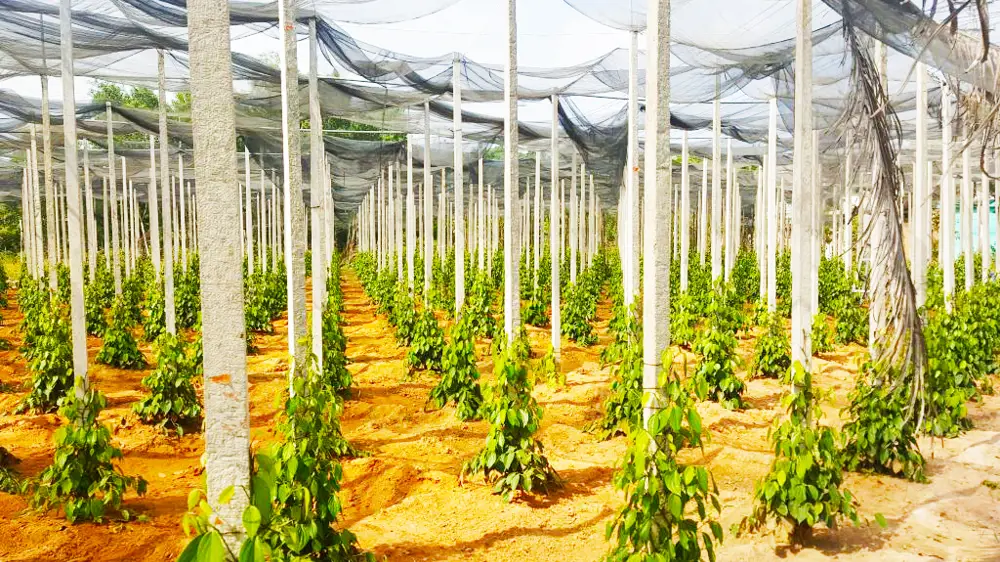
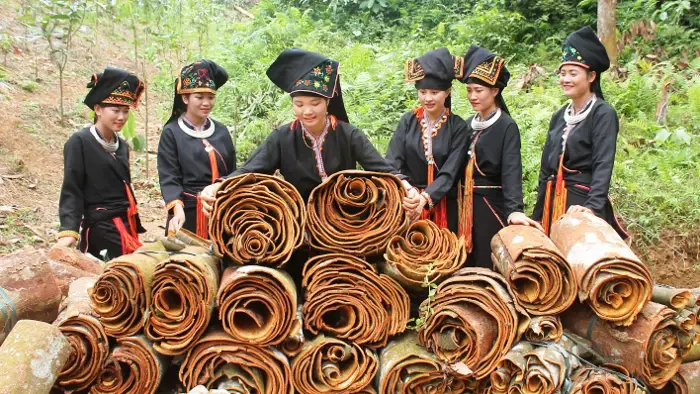
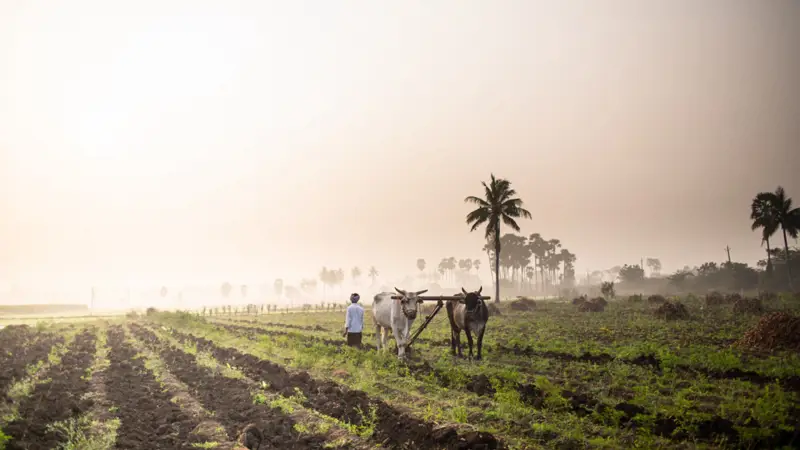
A misty morning on a turmeric farm
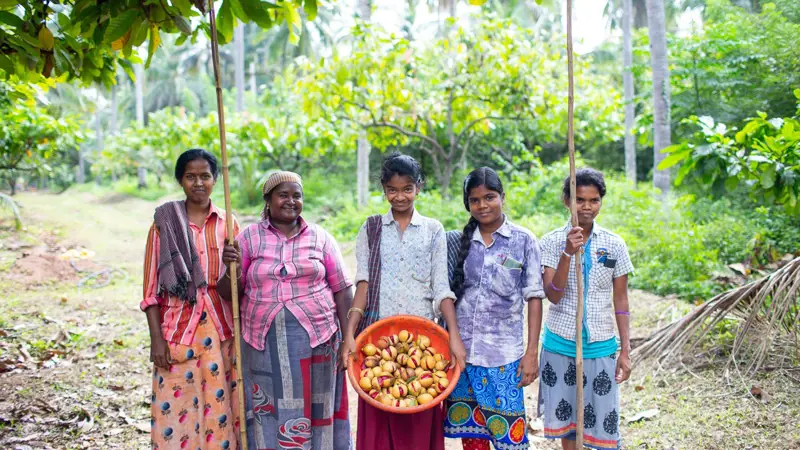
Workers on a nutmeg/mace farm
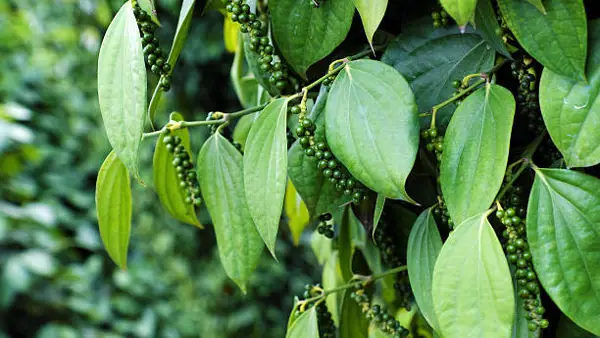
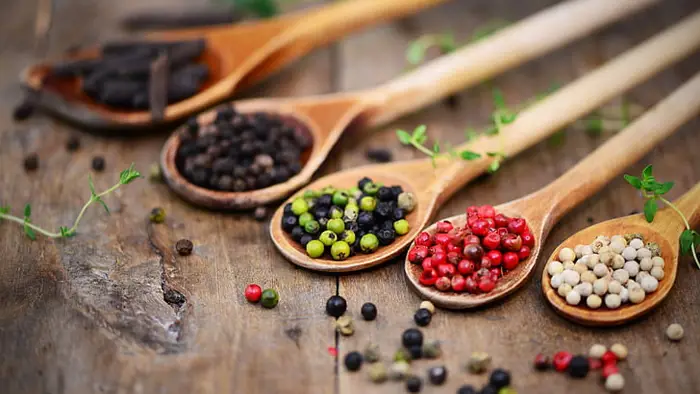

Workers on a turmeric farm
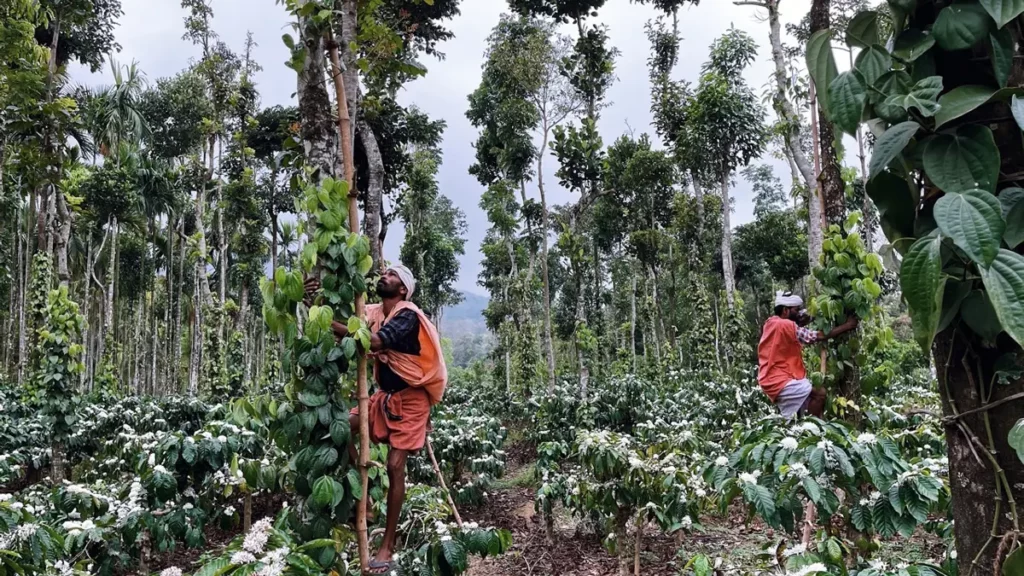
Workers on a pepper farm
Photo credits: The Sustainable Restaurant Association (TSRA)
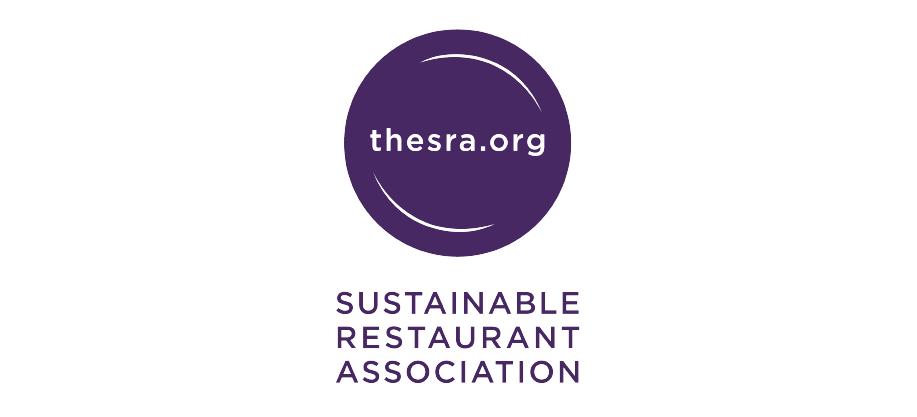
Source: The Sustainable Restaurant Association



